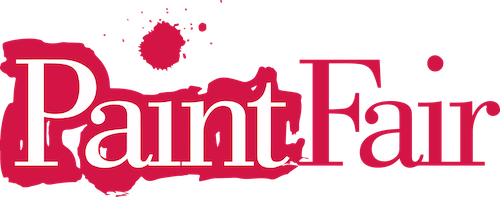Here’s a primer on primers for the next time you paint.
By Diane Franklin
Are you confused about primers? When to prime? When not to prime? And what are these “paint-and-primer-in-one” products all about?
The Purpose of a Primer
A paint primer is used to provide a uniform and stable surface prior to the application of the top coat. There are several reasons to use a paint primer, including:
When the surface is porous. This includes painting over new drywall that has never been painted before and other never-painted surfaces, such as bare wood and masonry.
To cover stains. Primers will give the surface a uniform appearance and prevent those stains from bleeding through onto the top coat. You may need to use a stain-blocking primer to cover heavy stains such as grease, water, smoke, tannin and permanent marker. These primers seal the surface and can even block odors.
To promote adhesion. For instance, paint does not adhere well to a glossy surface. If covering a glossy coating, use sandpaper to lightly scuff the surface before applying one or two coats of primer and then proceeding with the final top coat. If you’re coating tile, PVC, glass or other types of hard, smooth surfaces, your best option is a bonding primer.
To promote better hide. This is especially helpful if you’re going from a dark paint to a light paint. You can use a white primer or even have the primer tinted in the approximate shade of your top coat to achieve better hide with the final coat.
Conversely, you can safely assume you don’t need to prime when the above situations are not applicable. If the walls have already been painted, are not too glossy and don’t have noticeable stains, a primer is likely not needed—assuming you’ll be repainting in a colour that is not considerably different from the colour that is already there.
Paint and Primer in One
Over the past decade or so, self-priming paint—also known as paint-and-primer-in-one—has taken the market by storm. The advantage, of course, is that you can achieve the primer and paint coats in just one step, saving time and theoretically money. (Note, however, that without using a high-quality primer first, you may need additional coats of the paint-and-primer-in-one, meaning that any potential savings could easily be negated.)
A paint-and-primer-in-one can definitely be the way to go for previously painted surfaces that are devoid of discolouring stains. In such cases, the thicker consistency of the paint-and-primer-in-one could provide the extra hide and adhesion you need and give you greater assurance of a uniform appearance for your top coat.
One additional thing to keep in mind is that this combination product doesn’t eliminate the use of other primers. If you have to cover stains, then stain-blocking primers that are built for this purpose really can’t be beat. Additionally, using a high-quality primer on new drywall is a good idea for sealing the surface and covering up the tape joints. And if you need to ensure adhesion over a glossy surface, a bonding primer is your best option.
In all these cases, you can finish the paint job with a paint-and-primer-in-one to ensure even better results in the final painted surface.

